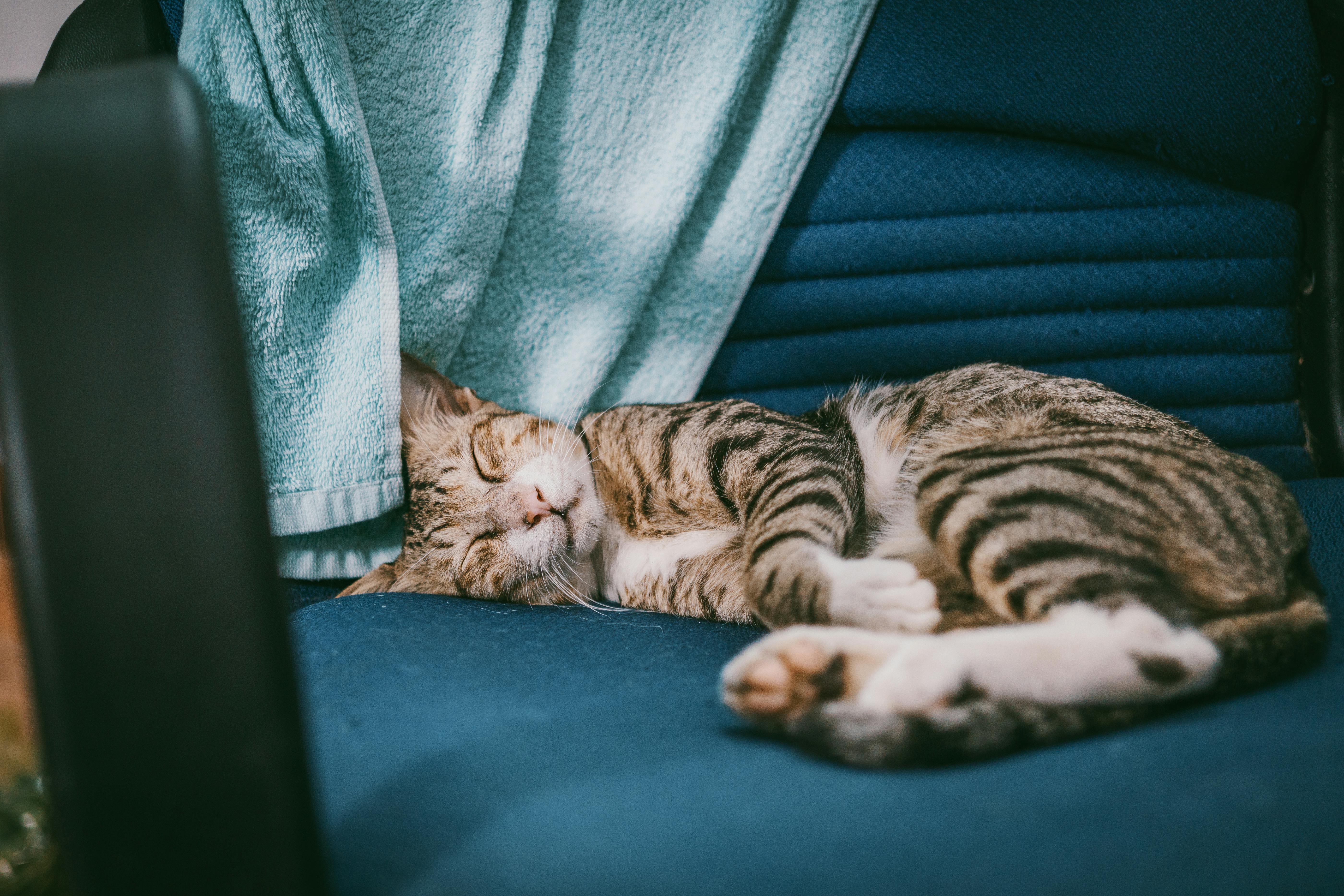
German Shepherd Dog Breed – Show Lines and Working Lines
A couple of weeks ago I wrote an article explaining that there are many types within the German Shepherd Dog breed and that these types can be divided into two categories; dogs that have physical qualities that reveal their purpose and dogs that by their physical characteristics show their place of origin. In this post I will talk about the first scenario, which is the differences between Show Lines (or High Lines) and Working Lines.
There are quite a few differences between these two types of German Shepherds, but the most prominent is their physical type. The physical conformation of Show Bloodlines GSDs is much closer to the ideal described in the breed standard, whereas Working Bloodlines German Shepherds are bred with a focus on fitness for work, rather than physical conformation.
The German Shepherds of Show Bloodlines recognized by the FCI are of a very consistent type. A good Show Bloodlines GSD is a strikingly beautiful dog. German Shepherds from the show line tend to be larger, more angled, and brighter in color than dogs from the working line. They are predominantly black and red and demonstrate a flowing gait and a sonorous temperament that is typically milder than that of German Shepherds of the working bloodline.
A major misconception among enthusiasts and even some breeders and trainers is that Show Lines GSDs are only bred for conformation and cannot perform as efficiently as Working Lines GSDs. This is not entirely true.
Let’s clear this up. The German Shepherd Show Line is the most popular breed type in Germany. It is true that they are bred to compete in the show ring, but they must also have job titles. They compete worldwide under the German SV system, which requires both show and breeding dog working titles. Germans take pride in their breed so they make sure the dogs they breed are the best and they have very strict rules when it comes to breeding. All breeders are required to pass a hip certification and before breeding, each dog must hold at least a Schutzhund I title and pass an endurance test; and a test of courage at each national show where they compete.
Representatives of this line can make effective show dogs, but can also act as herding dogs, service dogs, guide dogs, search and rescue dogs, and sporting dogs, and are exceptional family companions and protectors. However, many show dogs lack the energy and nerve necessary for true protection dogs. Their energy and nerve are what separates them from working line dogs.
Working bloodlines, on the other hand, are generally bred for their working traits rather than appearance, so the appearance of these dogs varies greatly. Although powerful and athletic, they are less likely to show the refined conformation typical of show lines; even so, many of them show exceptional structure. They are often sable in color, but also come in a number of different colors. They can be black and tan, saddlebacks, bi-color, solid black, and almost every other color except white.
Work Lines also have more momentum than the average Show Lines. They are generally more energetic than Show Line German Shepherds and have a stable though stronger temperament, solid nerves and a great disposition. They are also generally healthier. These dogs also make amazing family companions, although some show more drive and aggressiveness than would be desired in a guide or family dog.
Crosses between these two types are as good or as bad as the animals used to make the cross. Generally, they do not show the extremes of the type of either parent.
Both dogs are loving, affectionate, warm-hearted friends and are excellent at a wide range of jobs. As I have described in previous posts, one of the main things that separates the German Shepherd Dog breed from other breeds is the fact that while there are breeds that are better at specific tasks, no other breed has mastered such a broad spectrum of tasks. skills.